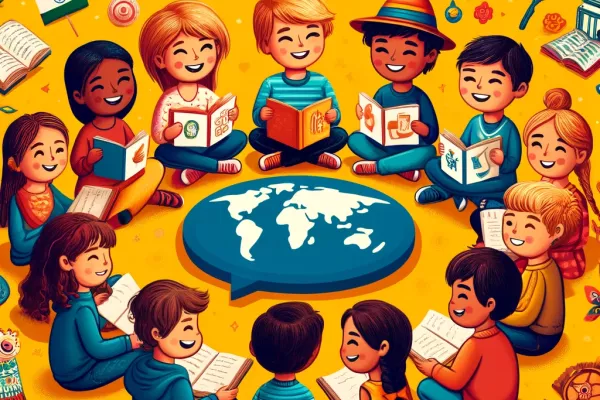Biliteracy and Cultural Understanding

Biliteracy goes beyond language proficiency; it also fosters a deep understanding and appreciation of different cultures. When children learn to read in two languages, they are exposed to diverse cultural narratives, perspectives, and traditions, which enrich their worldview.
According to Cummins (2000), bilingual education promotes cross-cultural understanding and empathy. Children who are biliterate are better equipped to navigate and appreciate the complexities of different cultural contexts. This cultural awareness is particularly important in today's globalized world, where intercultural communication and collaboration are essential skills.
Reading bilingual books allows children to experience stories from various cultural backgrounds, helping them develop empathy and respect for others. It also strengthens their sense of identity and belonging, particularly for children from immigrant families who can connect with their heritage through language and literature.
Platforms like Read in 2 Languages provide access to a wide range of bilingual books that celebrate cultural diversity, helping children grow into culturally aware and empathetic global citizens.
References:
- Cummins, J. (2000). Language, power, and pedagogy: Bilingual children in the crossfire. Multilingual Matters.
Posted 1 year ago by Fabrice Jaumont